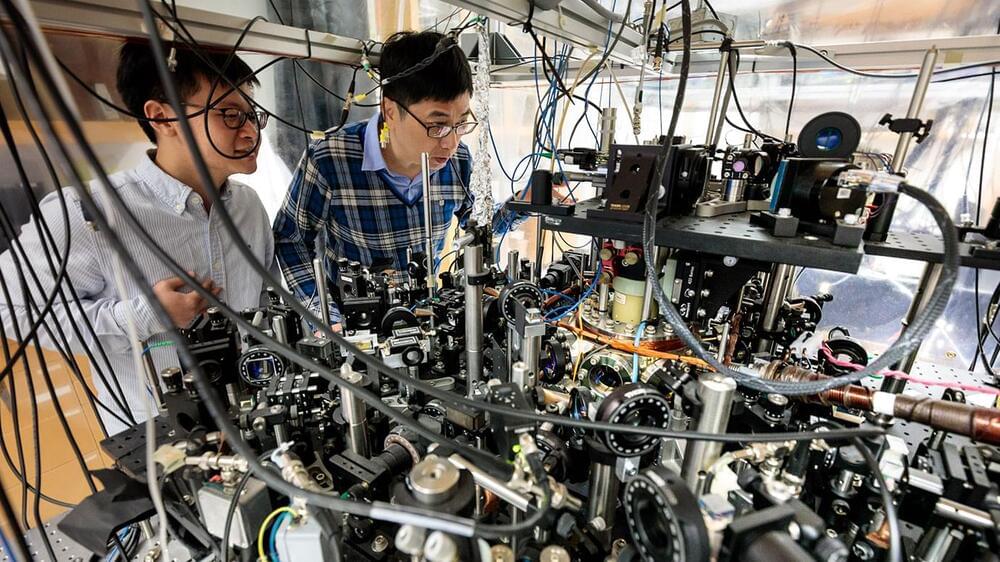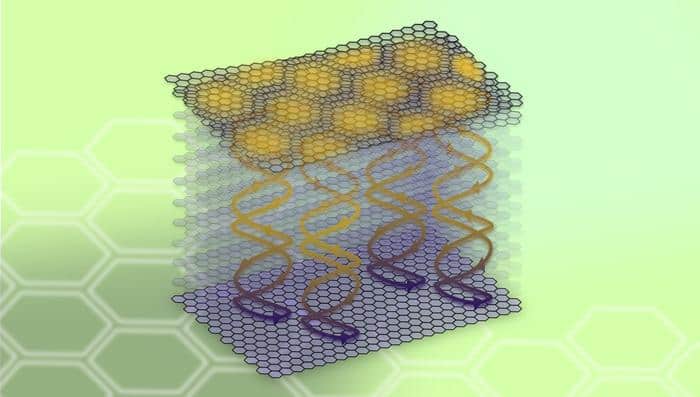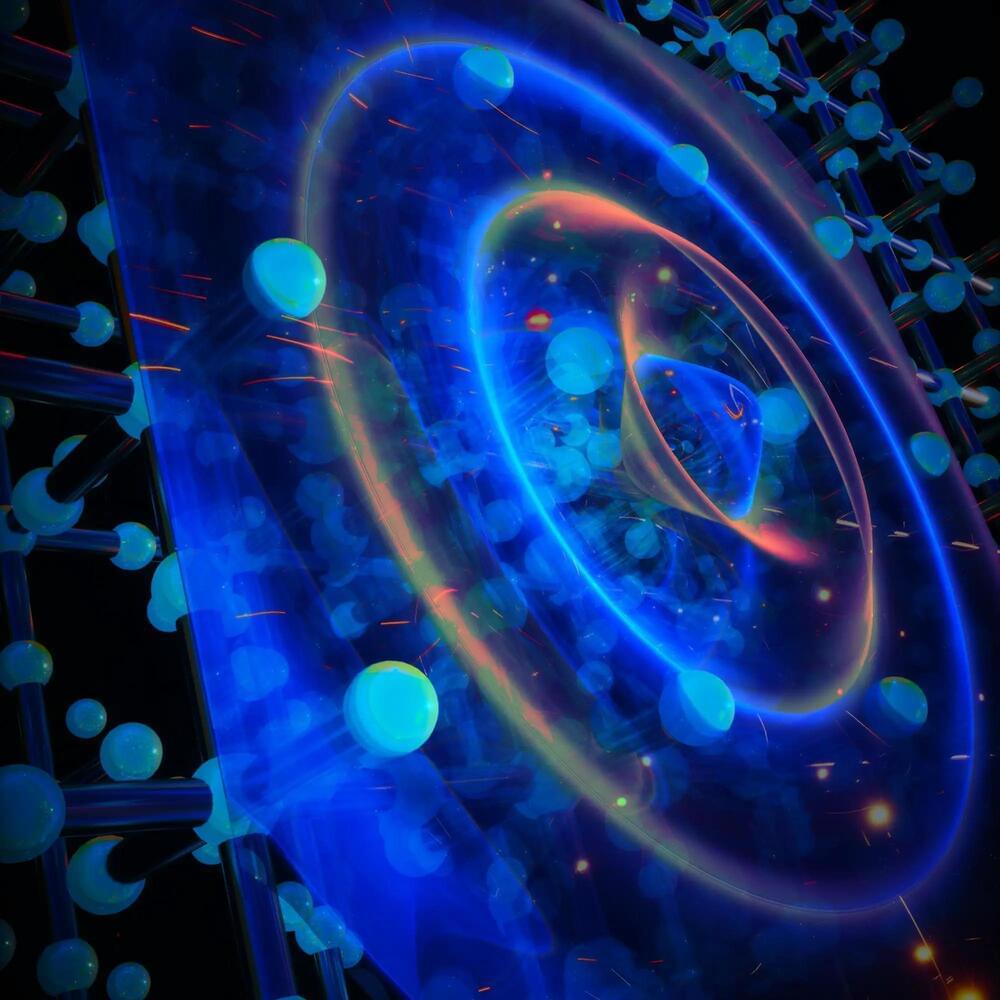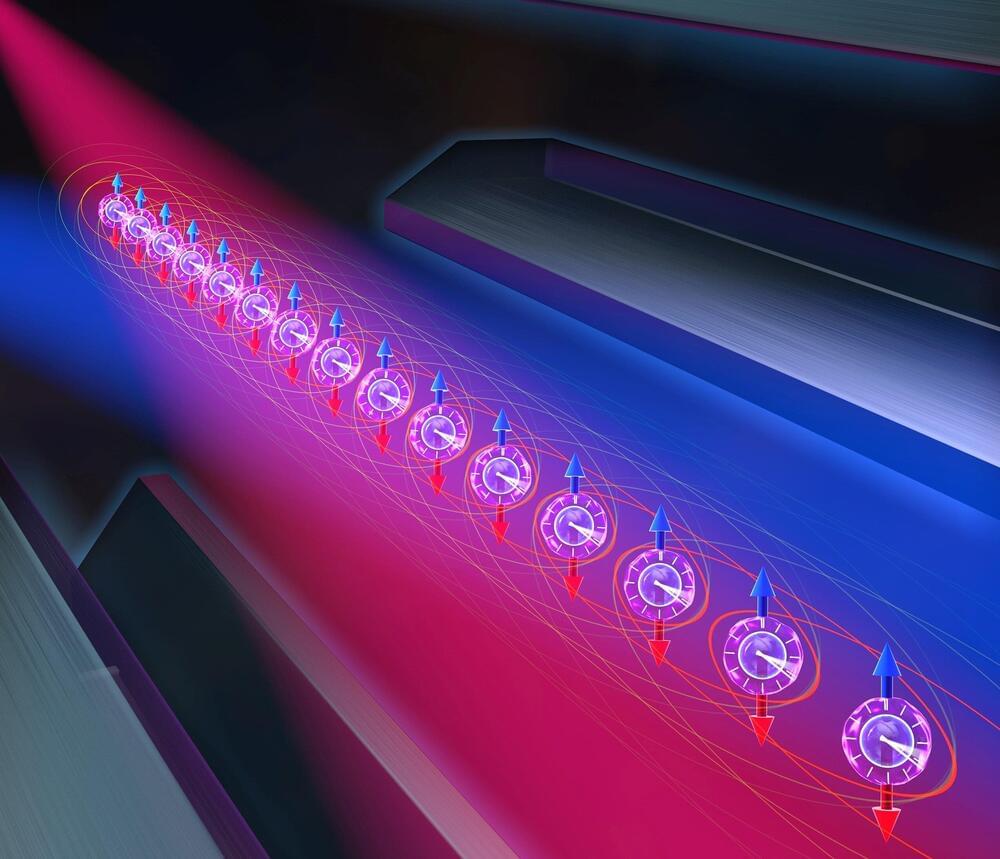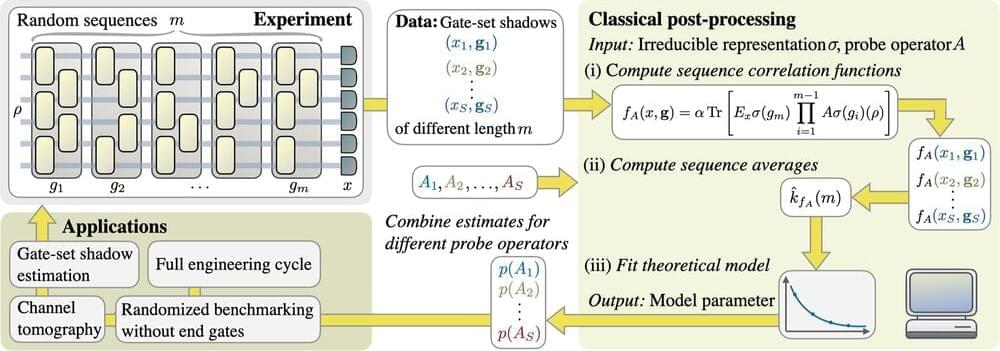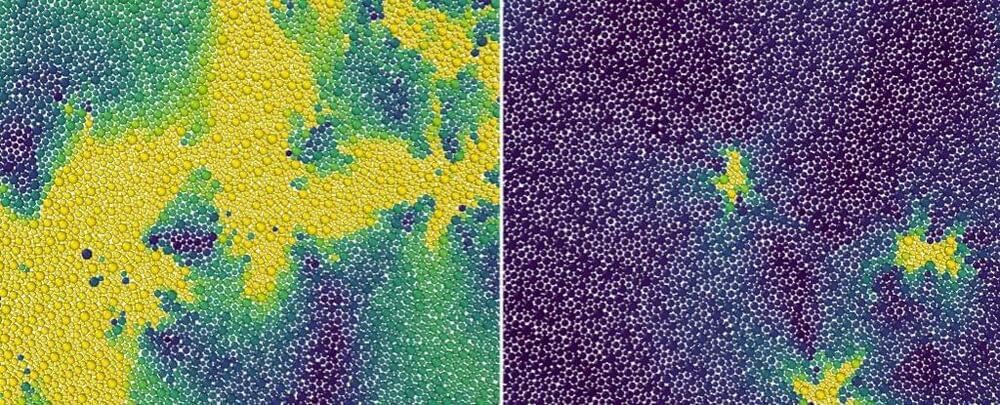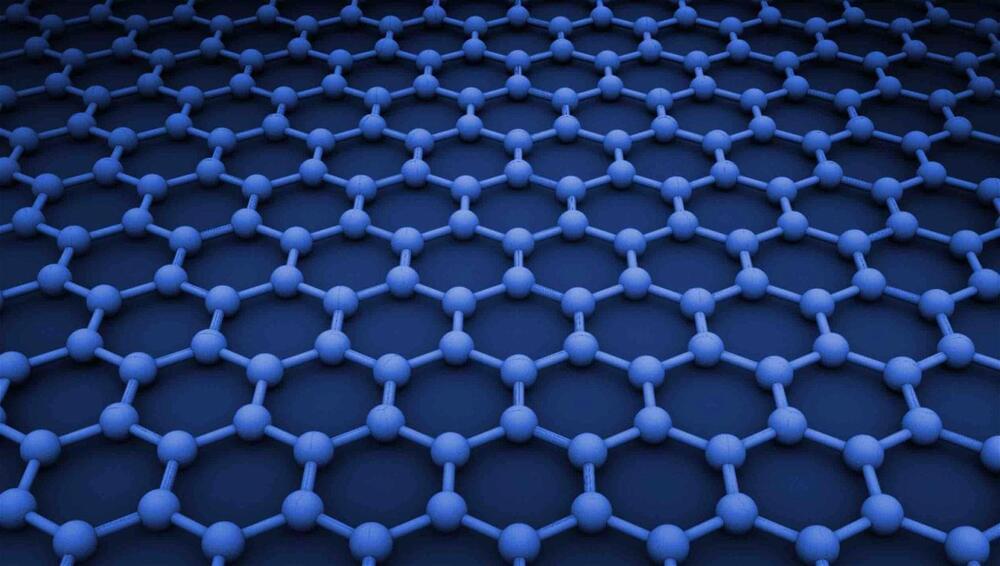Sep 2, 2023
UChicago scientists observe first evidence of ‘quantum superchemistry’ in the laboratory
Posted by Omuterema Akhahenda in categories: chemistry, computing, particle physics, quantum physics
A team from the University of Chicago has announced the first evidence for “quantum superchemistry” – a phenomenon where particles in the same quantum state undergo collective accelerated reactions. The effect had been predicted, but never observed in the laboratory.
The findings, published July 24 in Nature Physics, open the door to a new field. Scientists are intensely interested in what are known as “quantum-enhanced” chemical reactions, which could have applications in quantum chemistry, quantum computing, and other technologies, as well as in better understanding the laws of the universe.
Breakthrough could point way to fundamental insights, new technology.
